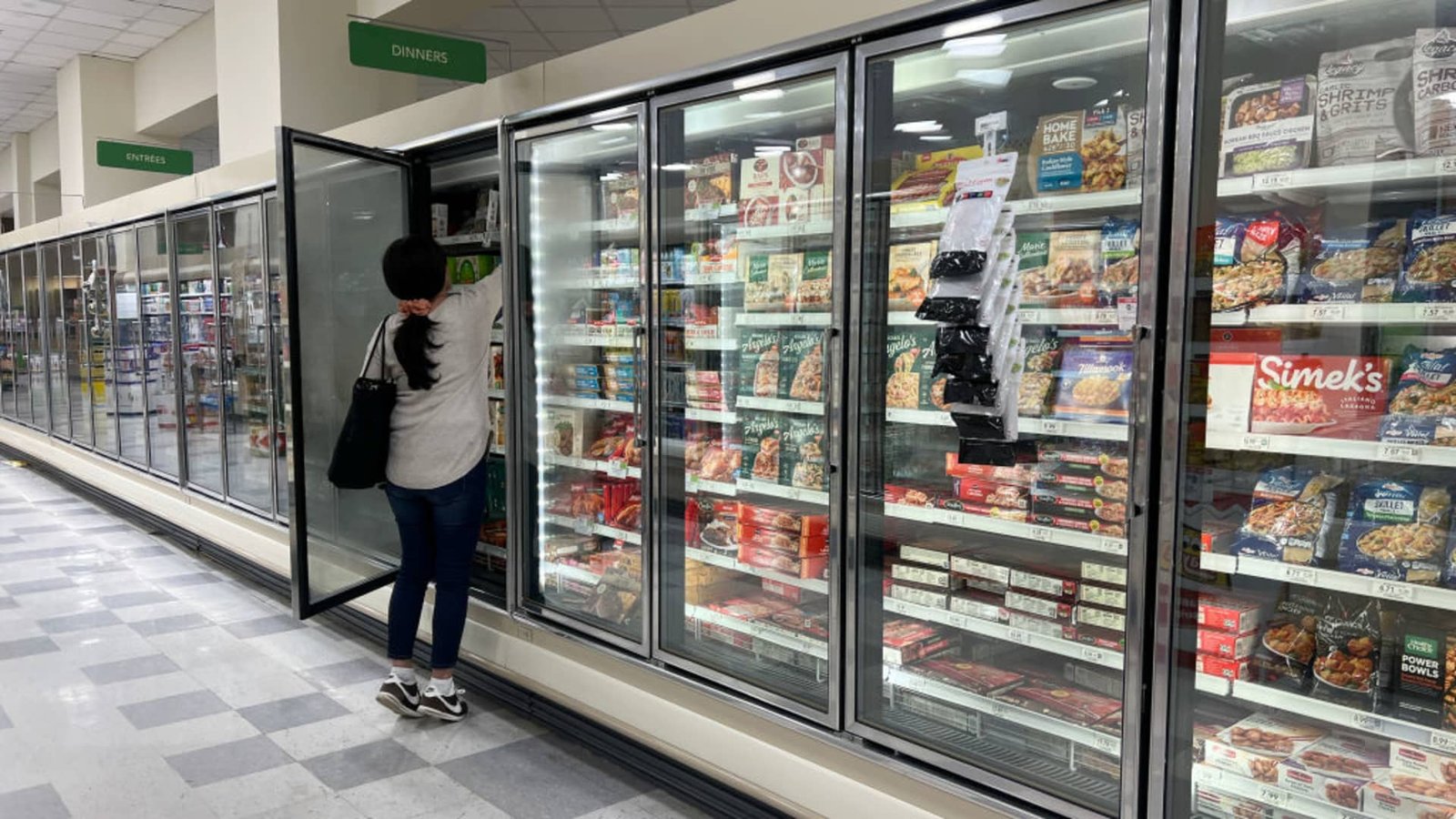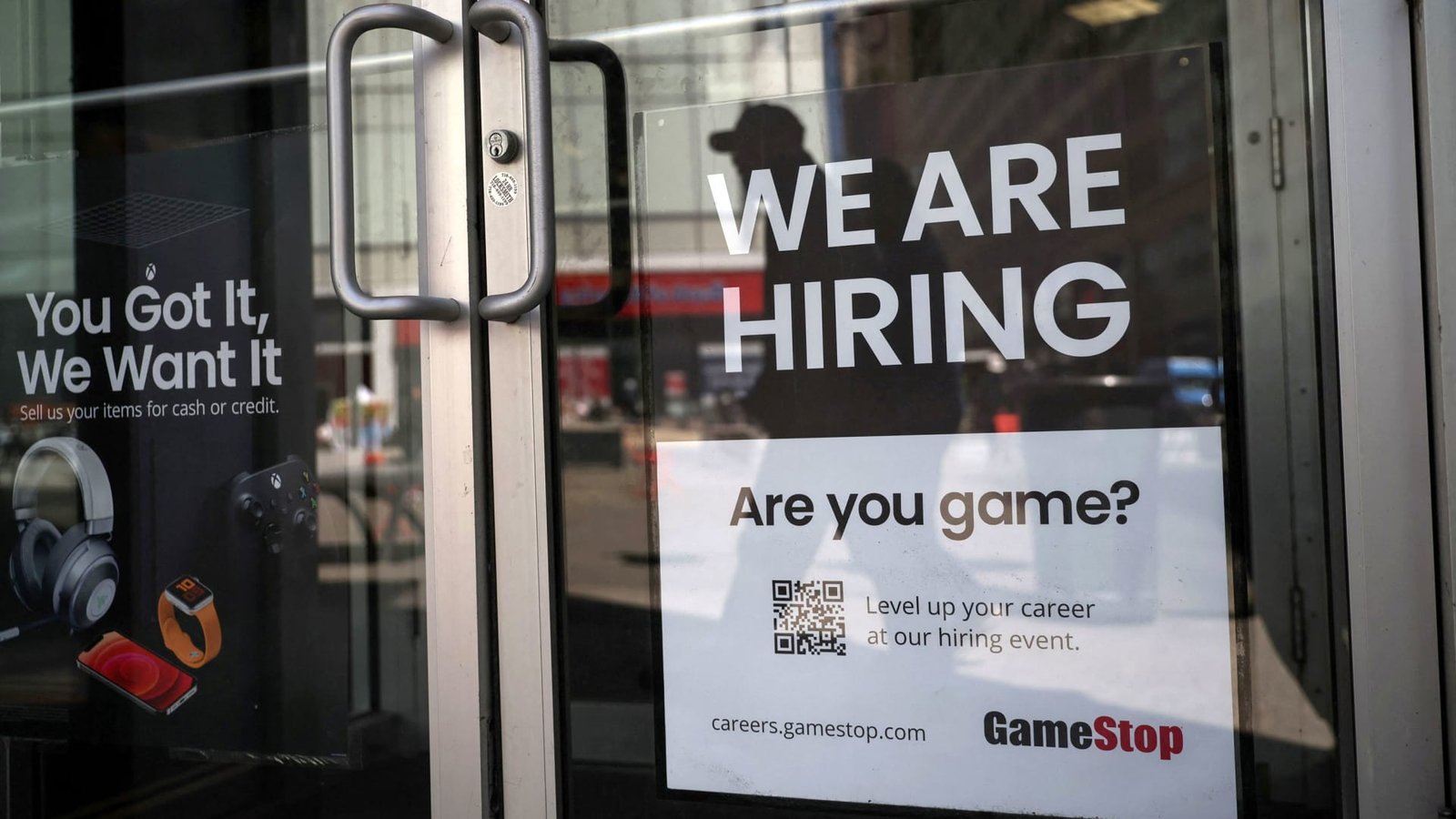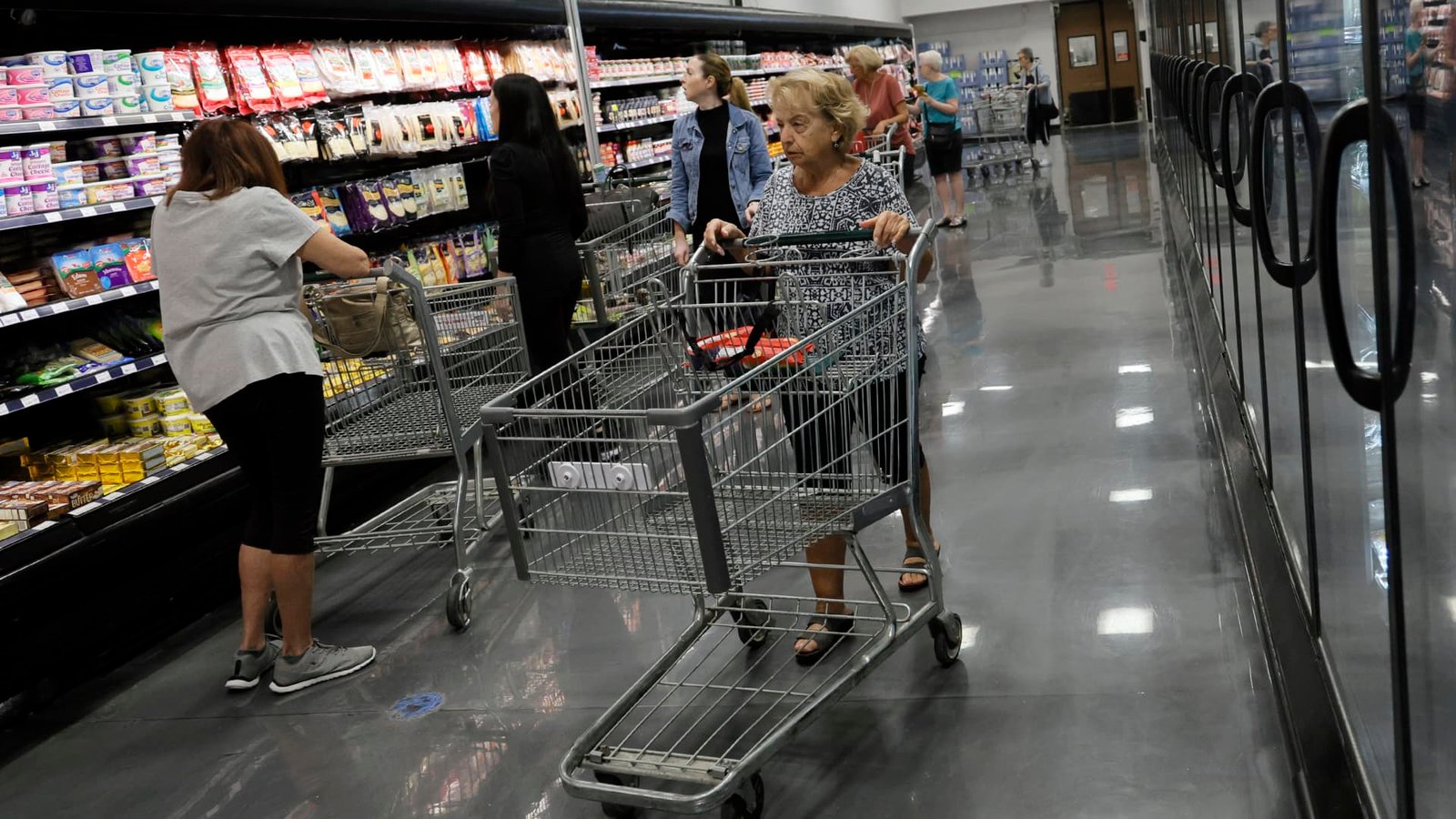Inflation in September edged up slightly, nearing the Federal Reserve’s target, as per a report from the Commerce Department on Thursday.
The personal consumption expenditures price index rose by 0.2% for the month, with a 2.1% 12-month inflation rate, aligning with Dow Jones estimates. The Fed relies on the PCE reading as its main inflation indicator, while also monitoring various other metrics.
The Fed aims for a 2% annual inflation rate, a level not reached since February 2021. The September headline rate decreased by 0.2 percentage points from August.
While the headline figure indicated progress towards the central bank’s target, the inflation rate stood at 2.7% excluding food and energy, with the core measure increasing by 0.3% monthly. The annual rate was 0.1 percentage point higher than expected but consistent with August.
The inflation shift was driven by a rise in services prices by 0.3%, while goods prices fell by 0.1%, marking the fourth deflation figure in five months for this category. Housing prices increased by 0.3%, while energy goods and services dropped by 2%.
Market expectations suggest the Fed may reduce its benchmark short-term borrowing rate at its upcoming meeting. In September, the central bank cut the rate by half a percentage point, an unusual move during an economic expansion.
Policymakers are optimistic about inflation returning to target, yet they remain cautious about the labor market despite positive hiring trends and low layoff rates.
Another report on Thursday morning indicated that companies are largely retaining their employees.
Initial jobless claims totaled 216,000 for the week ending on Oct. 26, down by 12,000 from the revised level of the previous period, according to the Labor Department. This figure was below the forecast of 230,000.
Despite concerns about inflation, the Commerce Department’s report revealed that income and spending remained stable in the month.
Personal income rose by 0.3%, slightly higher than in August and as expected. Consumer spending increased by 0.5%, surpassing expectations by 0.1 percentage point. The personal saving rate dropped to 4.6%, the lowest for the year.
In another data release on Thursday, the Bureau of Labor Statistics reported that the employment cost index rose by 0.8% in the third quarter, slightly below the forecast by 0.1 percentage point. Over a 12-month period, the index, which measures wages, salaries, and benefits, increased by 3.9%, compared to a 2.4% rise in the consumer price index.




